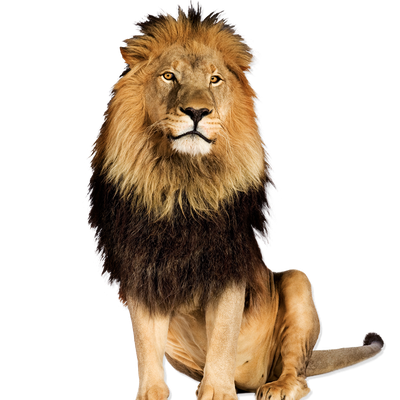Your search returned 2083 results
-
Fish publications - 2009
https://australian.museum/learn/collections/natural-science/ichthyology/fish-papers-2009/The following papers published in 2009 have used specimens from the Australian Museum fish collection.
-
Fish publications - 2015
https://australian.museum/learn/collections/natural-science/ichthyology/fish-publications-2015/The list below shows papers published in 2015 that cite specimens from the Australian Museum fish collection.
-
Fish Fieldwork - North-eastern New South Wales, November - December 2002
https://australian.museum/learn/animals/fishes/fish-fieldwork-north-eastern-new-south-wales-november-december-2002/Following on from the success of the fieldtrip to north-eastern New South Wales in March 2002, a second trip to the region was conducted from 29 November to 13 December 2002.
-
Monodactylidae: Diamondfishes, fingerfishes
https://australian.museum/learn/animals/fishes/monodactylidae-diamondfishes-fingerfishes/Monodactylids are schooling fishes found in estuarine and coastal marine waters. Two genera and three species occur in temperate Australia.
-
Fish Fieldwork - Sydney Harbour, March 1998
https://australian.museum/learn/animals/fishes/fish-fieldwork-sydney-harbour-march-1998/The Fish section spent a day in the field collecting fishes in Sydney Harbour in March 1998.
-
Aploactinidae: Velvetfishes
https://australian.museum/learn/animals/fishes/aploactinidae-velvetfishes/Aploactinids are marine, cryptic demersal scorpaeniform fishes found primarily in tropical waters of the western Pacific and Indian Oceans, with a few species represented in temperate waters of Australia.
-
Estuaries: mixing places
https://australian.museum/learn/first-nations/burra/estuaries-mixing-places/First Nations people recognise Estuaries as mixing places of abundant foods, resources for making tools and important gathering places.
-
Starting where you are: First Nations non-linear storytelling
https://australian.museum/learn/first-nations/burra/non-linear-stories/For First Nations people, stories and lifecycles don’t need to have a beginning and an ending because they happen continuously in circles and patterns.
-
Ken Graham specimens
https://australian.museum/learn/collections/natural-science/malacology/malacology-collection-ken-graham-specimens/Using Fisheries Research Vessel 'Kapala', many marine animals were caught which were not commercial fisheries species.
-
Who’s who, Bangu: how to tell the difference between Flying-fox Bats
https://australian.museum/learn/first-nations/burra/difference-between-flying-fox-bats/Learn how to tell our nectivorous (nectar-eating) and frugivorous (fruit-eating) Flying-fox Bangu apart.
-
Book now
Machu Picchu and the Golden Empires of Peru
Now open
Tickets on sale![]()
-
Find out more
Tails from the Coasts
Special exhibition
Opening Saturday 10 May![]()
-
Find out more
Wild Planet
Permanent exhibition
Open daily![]()
-
Discover more
Minerals
Permanent exhibition
Open daily![]()





